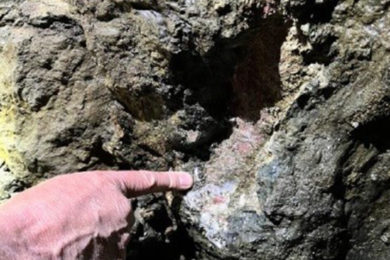Imperial Oil has chosen Finning as a mining mobile equipment supplier for the Kearl oil sands project. The ten-year agreement includes the supply of Caterpillar equipment, parts, specialized maintenance labour and training. The Kearl project is envisioned to be developed in three phases and could ultimately produce more than 300,000 barrels/d of bitumen. The first phase of the project, expected to begin production in late 2012 with total production to average 110,000 barrels/d, is anticipated to cost about $8 billion or approximately $4.50 per barrel to construct.
Kearl’s total recoverable bitumen is estimated to be 4.6 billion barrels. It is located near the surface and will be recovered using open-pit mining methods similar to those used at existing oil sands mines in the region. Full development will take place in three phases, with selective clearing, mining and reclamation continuing over the 50-year life of the project. All disturbed lands will be progressively reclaimed and returned to productive use. The reclaimed landscape will be a mix of native plants and forest with lakes and wetlands. Kearl’s mining operations will only use some of the total project lands at any given time and many areas will not be affected for 20 to 25 years.
The Kearl project was subject to a joint review by provincial and federal government representatives and 16 days of public hearings in late 2006. The panel thoroughly reviewed various stakeholder concerns and issues such as social and economic effects, mine plan and resource conservation, tailings management, reclamation, air emissions, surface water, aquatic resources, traditional land use and human health. The Alberta government granted its approval to Kearl through an Order-in-Council in May 2007. Canada’s federal government followed with their approval through an Order-in-Council in August 2007.
Subsequent to these approvals, the joint review panel report was challenged in the Federal Court of Canada by a coalition of environmental groups. The joint review panel was eventually reconvened and provided additional rationale for one of the report’s conclusions, and the project received the necessary authorisation in June 2008 to allow preliminary work to continue at the site.
Kearl is expected to operate from about 2012 to 2060 and beyond. An initial site ditching and drainage program was completed in the first half of 2008. Work in the second half of 2008 included clearing and draining surface water from the initial mining and plant site areas. Muskeg and topsoil is being removed and stockpiled for use in future reclamation.








